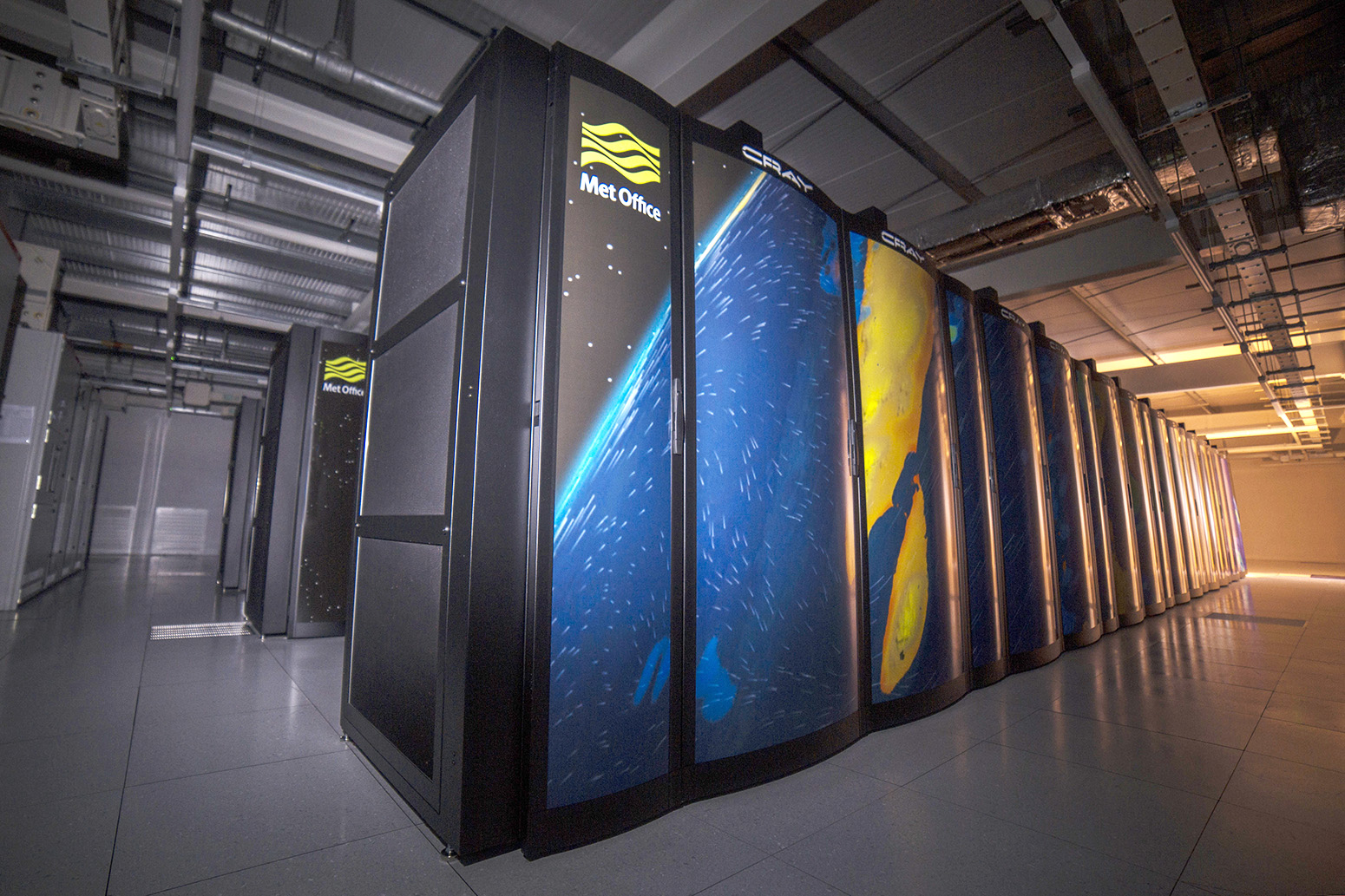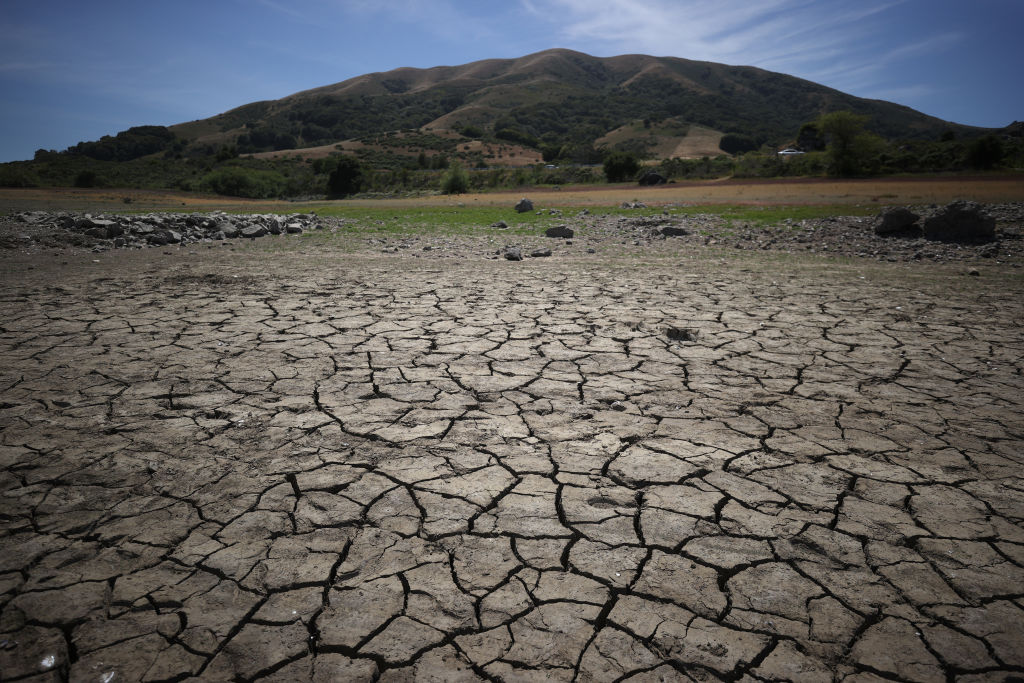Professor Stephen Belcher is Chief Scientist at UK Met Office; Doctor Olivier Boucher is at the head of Pierre Simon Laplace Institute (IPSL) Climate Modeling Center; and Professor Rowan Sutton is director of climate research at UK National Center for Atmospheric Sciences (NCAS), Reading University.
The first results of a new generation of global climate models, which are valuable tools for understanding climate change, are now available in climate research centers around the world.
These new climate models make the most of technological advances – such as the increase in power of supercomputers – and feature many improvements in their treatment of the Earth’s climate system. These include a better representation of the weather systems that bring us wind and rain, the clouds in those weather systems, and aerosols – the myriad of small particles in the atmosphere that come from both natural sources and human activities. .
An unprecedented amount of information is available from new models about the changing character of weather processes in a changing climate, which is important for understanding our exposure to climate hazards and how to make society more resilient to climate change.
Many new center models around the world have recently been finalized, with more to be completed in the coming weeks. They will be included in the next international comparison of climate models, known as the sixth “Coupled Model Intercomparison Project” (CMIP6). This will provide the basis of climate model information for the Intergovernmental Panel on Climate Change‘s (IPCC) Sixth Assessment Report (AR6) – due for publication in 2021.
From an international policy perspective, an important function of climate models is to provide evidence for estimates of allowable global greenhouse gas emissions available to stay within a given level of global warming. This is called an overall “carbon budget”, the size of which varies according to the target temperature target and the defined probability of remaining below these thresholds.
The climate agreement signed by governments in Paris in 2015 aims to keep global temperature rise this century “well below” 2°C above pre-industrial levels and to continue efforts to further limit the temperature increase to 1.5°C.
A key factor in determining carbon budgets is the sensitivity of the Earth’s climate system to increases in CO2. A measure of long-term climate response over hundreds of years is known as “equilibrium climate sensitivity” (ECS), which is defined as the increase in temperature when CO2 has doubled and that the climate system has come into balance. The higher the ECS, the smaller the remaining carbon budget needs to be to achieve a particular climate goal.
Early results suggest ECS values from some of the new CMIP6 climate models are higher than previous estimates, with early numbers reported between 2.8C (pdf) and 5.8C. This compares to the previous Coupled Model Intercomparison Project (CMIP5), which reported values between 2.1C and 4.7C. The IPCC fifth assessment report (AR5) assessed the ECS to be “likely” in the range of 1.5 C to 4.5 C and “very unlikely” above 6 C. (These terms are defined using the IPCC Methodology.)
The graph below shows how the first estimates from the CMIP6 models (red bar) compare to the CMIP5 models (yellow) and the ECS range assessment from AR5 (blue). It should be noted that the CMIP6 range is preliminary and may change as other modeling centers release their results.
IPCC AR5 ECS assessment range (blue bar; thick bar indicates likely range, thin bar extending from this shows values below which ECS is “extremely unlikely” and above which ECS is “very unlikely”), CMIP5 range (orange bar) and preliminary estimates of ECS values from new global climate models (red bar).
The IPCC estimates its assessed ECS range using several data sources, including the following:
- Global climate models, which are powerful tools for understanding the effect of greenhouse gases on climate;
- Simple models constrained by observed changes in instrumental recording (since 1850);
- Use estimates of past climate dating back thousands of years, which are inferred from proxy measurements, such as ice cores and tree rings, combined with simple models;
- New techniques to study and quantify climate processes, such as interactions between clouds and radiation
For AR5, simple models constrained by observed changes in instrumental recording tended to yield ECS values generally in the lower part of the likely range of 1.5 to 4.5 C, whereas models global climatic conditions tended to give the ECS at the upper end of the likely range. .
Climatologists will need to assess how the new understanding of the ECS from the different data sources compares. They will all be reviewed by the IPCC for the AR6 scheduled for 2021.
The graph below shows an assessment of climate sensitivity estimates published since the year 2000. Each dot shows the best estimate of the ECS from an individual study, while the bars show the range of possible values found by that study. study. The color indicates the type of study. The black bar on the far right shows how early CMIP6 estimates compare.
Updated compilation of climate sensitivity studies featured in the Carbon Brief Climate Sensitivity Explainer, adapted from Knutti et al 2017. The bar on the far right shows the range of preliminary estimates of ECS values from new global climate models.
The next step is for climatologists to understand in detail why some of the new models show this change in the ECS – and how it correlates with other data sources. This includes looking at other measures of sensitivity, including “transient climate response” (TCR), which measures the rate of warming.
The TCR is defined as the temperature increase at the time atmospheric CO2 has doubled, after a 1% increase each year. This measure is arguably more useful for examining the changes we might expect in the current century, as it deals with shorter timescales than the ECS.
The international community of scientists working on this new generation of climate models is meeting for the first time next week from March 25 to 28 in Barcelona at the CMIP6 model analysis workshop. This was organized under the auspices of the United Nations World Climate Research Program (PMRC). This is an exciting opportunity for modeling centers to compare notes on the performance of their models and for the community to start thinking about the implications of this rich new source of information for climate policy, including the causes of change. past climate and projections of likely future rates. change.
If it turns out that there is enough evidence to support the higher ECS values of next-generation climate models, this would have important implications for carbon budgets. A higher ECS means a greater likelihood of achieving higher levels of global warming, even with deeper emission reductions. Higher warming would allow less time to adapt and mean a greater likelihood of crossing climatic “tipping points” – such as thawing permafrost, which would further accelerate warming.
The exact implications will only become clear once further analytical work has been carried out using the latest generation climate models. Meanwhile, the IPCC Special Report on 1.5C, published last year, remains the most recent and robust assessment of the carbon budgets needed to meet the Paris targets.
Sharelines of this story




